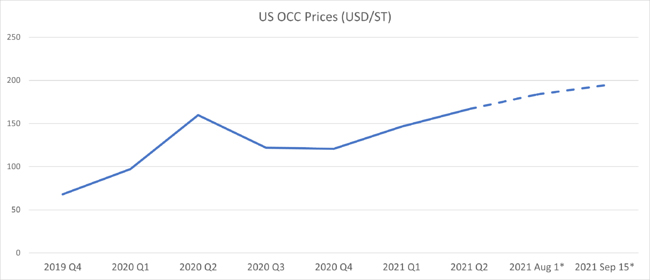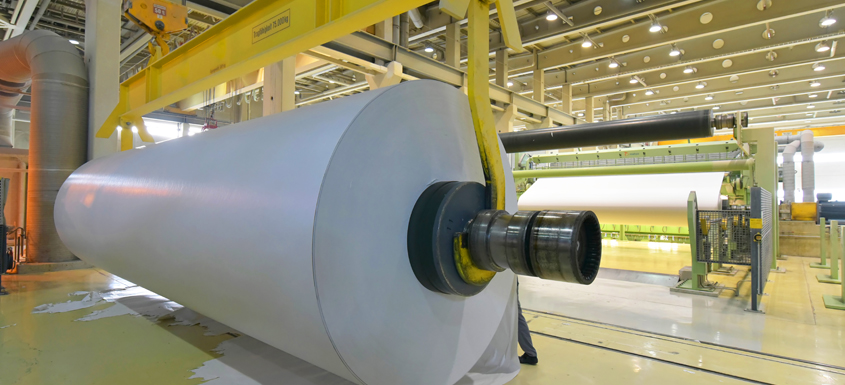As the COVID Delta variant remains persistent, so does the news surrounding it — which has recently focused on the impacts the virus has had on certain segments of the paper industry.
Earlier this month, we speculated possible outcomes and called attention to important questions pulp & paper participants should take into consideration surrounding the onset of the Delta variant. However, now we’re seeing major, ongoing disruptions to the supply chain that have been exacerbated as a result of the pandemic.
With the rise of the Delta variant, there have been labor challenges at mills and shipping ports, which has made it more difficult to purchase paper. The Guardian recently noted that “The bottleneck this week at America’s busiest port complex is the result of a shortage of trucks and drivers to pick up goods, coupled with an overwhelming demand for imported consumer products. As of Wednesday [September 22], 62 container ships were waiting offshore to unload cargo, according to the Marine Exchange of Southern California.”
These bottlenecks have primarily affected the Printing and Writing sector, and as a result, P&W consumers are struggling with widespread backordered products. Many end users have even been told to limit their use of copy machines due to the lack of paper.
Since the pandemic accelerated the already existing decline in the Printing and Writing sector, many manufacturers within the segment shifted their focus to higher-margin products such as corrugated materials to accommodate the e-commerce surge. According to the Bureau of Labor’s producer price index: paper, pulp and corrugated paper board prices jumped 18.1 percent in August compared to a year ago, and 1.6 percent since July. We can see in the graph below — via data from FisherSolve — the gradual increase in US OCC price as the pandemic began to make a lasting impact on consumer behavior. As a result, the price of the recycled fiber that is used to make these boxes and packaging has jumped as well due to demand.
 Source: FisherSolve™ Next
Source: FisherSolve™ Next
It’s important to keep in mind that certain finished product segments such as copy paper will probably remain weak with schools alternating between in-person and remote learning, along with the slow return to offices and a new mode of sharing and storing work on the cloud. Some of the finished product segments that are being heavily impacted by this supply disruption include book publishing, offset and opaques (which are used in custom printing jobs and some books). As a result, many book sellers are concerned and fear best sellers could be out of stock if there is not enough paper to keep up with demand, especially with the holiday season right around the corner.
While there isn’t a widespread shortage of paper yet, speculation about a shortage has increased due to a few variables:
- PCA Jackson converting a P&W machine to containerboard
- Pactiv Evergreen dropping out of LWC papers at Pine Bluff
- Domtar converting its Kingsport mill to containerboard
Some of these machines that make copy paper can also produce other grades for larger scale or custom printing, like offset or certain book grades. In shutting some of these machines down due to a lack of demand of copy paper, what other products’ capacities were also lost because they were being produced on these machines?
These segment moves have left many wondering: Did the Printing and Writing segment overcorrect during the peak of the pandemic? Domtar Ashdown will be restarting its P&W machine and will begin making copy paper in 1Q2022, which will create a small uptick in capacity, but it is unknown how long the demand will last. This raises a couple of additional questions for players in these segments, including:
- If some of these machines come back online, will they or can they meet demand for hardcover and quality paperback books (which are more likely the types to sell during the holiday season)?
- How long would these machines be needed for, and at what capacity would they run?
- Will demand for alternative technology products such as Kindles increase?
Source: Fisher International














